Business Cards / Art Installation
Business Cards / Art Installation
Monocular viewpoint
Monocular viewpoint
Cardboard Glasses
The business cards are designed to form glasses.
Anaglyph glasses
A 3D image is one that has two different perspectives of the same image superimposed on each other. This is what is known as an anaglyphic image. By using 3D anaglyphic glasses, each eye filters chromatically opposite colors (typically red and cyan) to create a 3D eye-popping picture which is why 3D glasses have two different-colored lenses. Your brain takes these two separate images and processes them so that the image appears to “pop” out. 3D glasses merely recreate what your own eyes do on a daily basis, a bit of tricking your own brain. The installation uses red lenses to filter out the image seen by the naked eye, revealing a hidden image, much in the same way architectural theory attempts reveal hidden truths and reasoning. The fixed glasses within the installation prescribes a singular, monocular viewpoint much as the proveldged view of a photographer.

Link to installation
When the QR code is scanned on the business card, the website the glass painting is presented. The viewer can use the business card to reveal the hidden image.

The dominant eye
“Since Courbet, it’s been believed that painting is addressed to the retina. That was everyone’s error. The retinal shudder! Before, painting had other functions: it could be religious, philosophical, moral ... our whole century is completely retinal.”
Marcel Duchamp
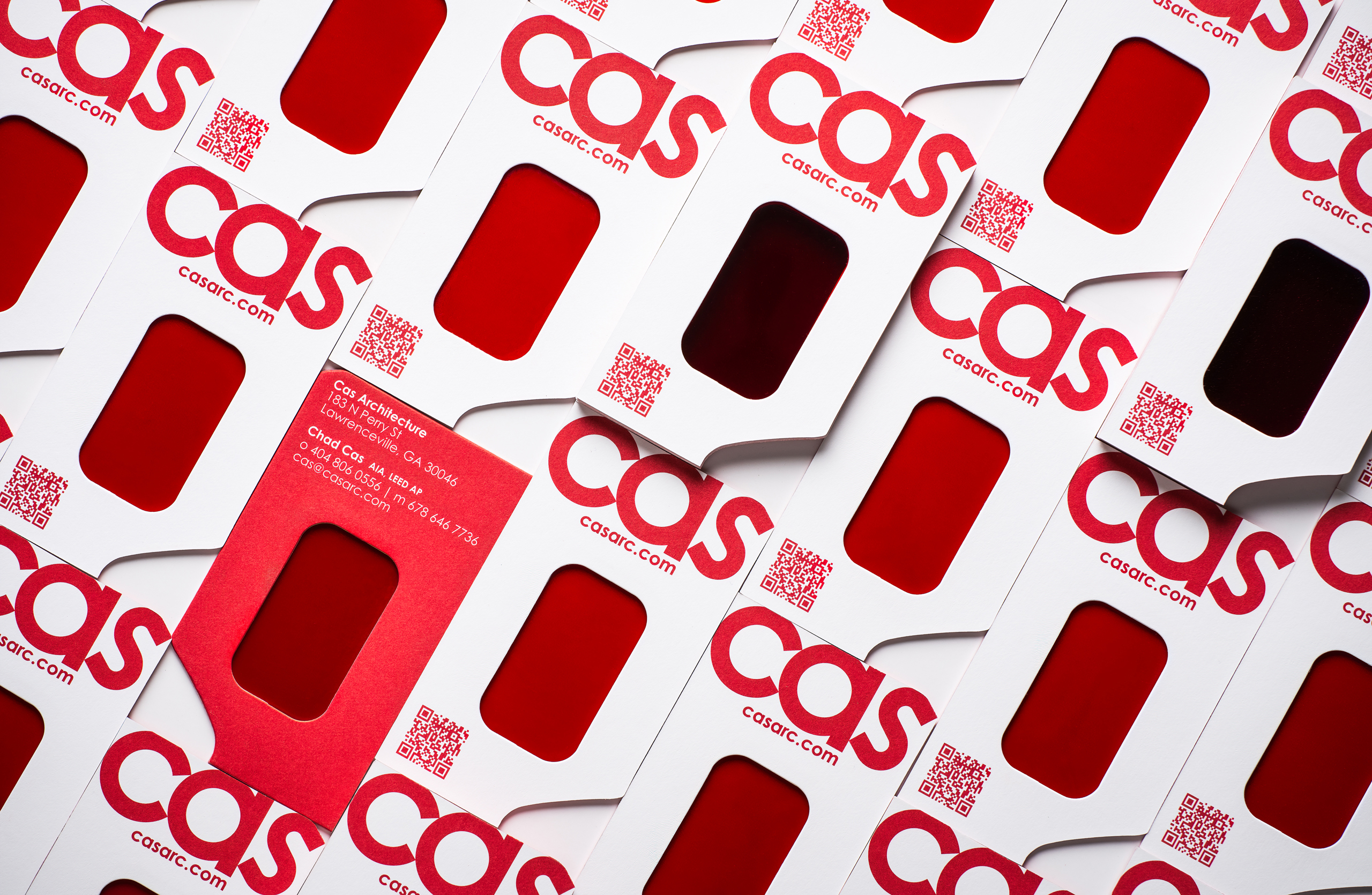

“The creative act is not performed by the artist alone; the spectator brings the work in contact with the external world by deciphering and interpreting its inner qualifications and thus adds his contribution to the creative art…the individual, man as a man, man as a brain, if you like, interests me more than what he makes, because I’ve noticed that most artists only repeat themselves.”
Marcel Duchamp
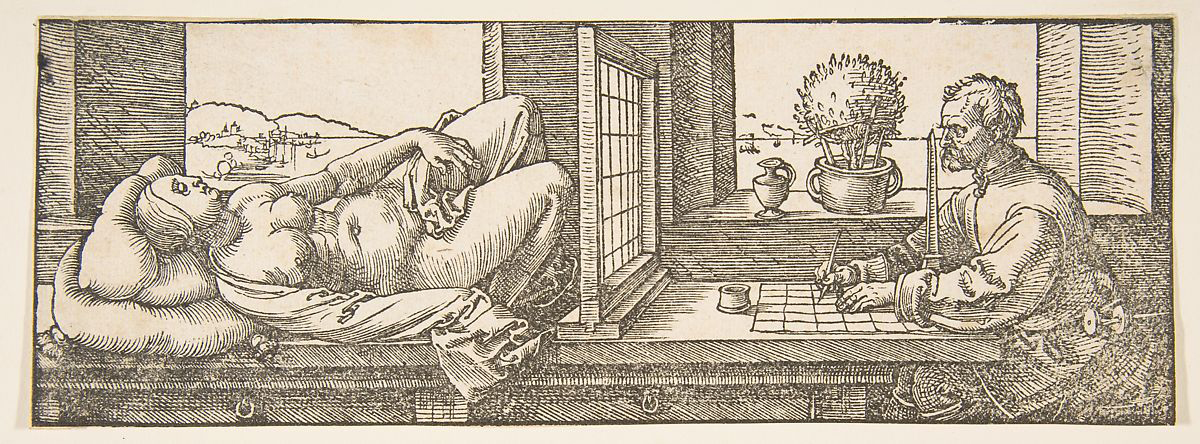
Viewing towards Albrecht Durer’s woodcut entitled Artist and Model (1527) depicts a demonstration of perspective established a singular point of view.
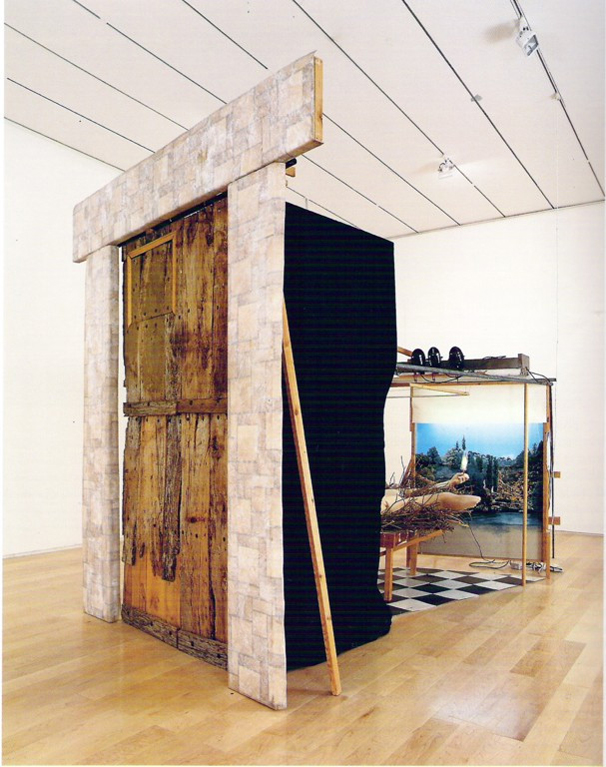
Viewing back Serkan Özkaya’s We Will Wait (2017). Özkaya’s theory quite literally upends the way you look at the work. The work, he claims, functions as a camera obscura (a projecting device). Instead of being just a tableaux you are supposed to look in on, it is also meant to project, via its two peepholes, an hidden image of the artist’s face out onto the wall opposite.
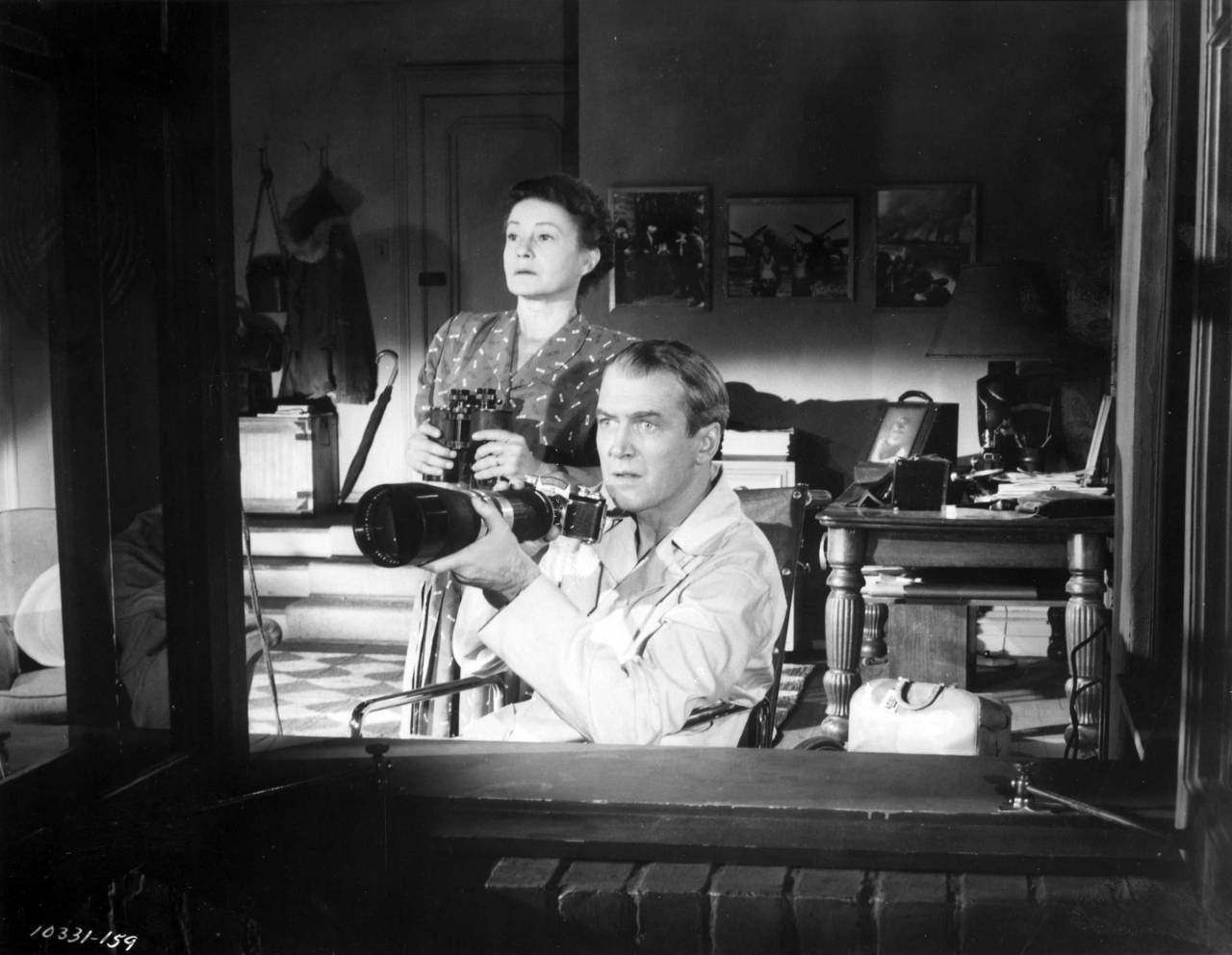
Viewing towards Alfred Hitchcock’s Rear Window (1953) John Fawell notes in Dennis Perry's book, Hitchcock and Poe: The Legacy of Delight and Terror, that Hitchcock "recognized that the darkest aspect of voyeurism . . . is our desire for awful things to happen to people . . . to make ourselves feel better, and to relieve ourselves of the burden of examining our own lives."

Instagram’s risk Studies have linked Instagram to depression, body image concerns, self-esteem issues and social anxiety. The architectural photographer attemps to capture the “perfect” view often times removing unsightly exit signs, hvac units and the link in photoshop.
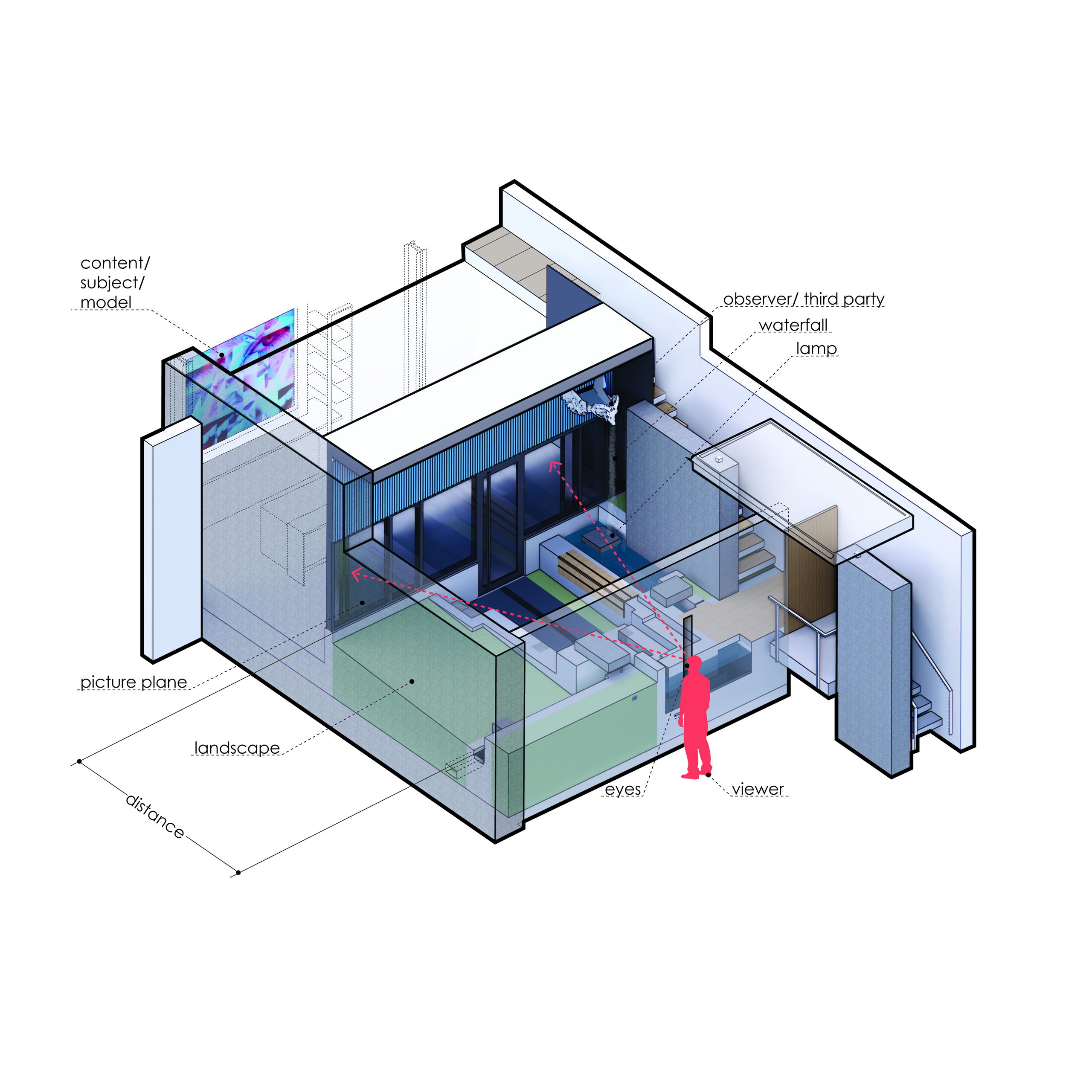
The rear of the architectural office recreates Duchamp’s Etant donnes (1946-1966).
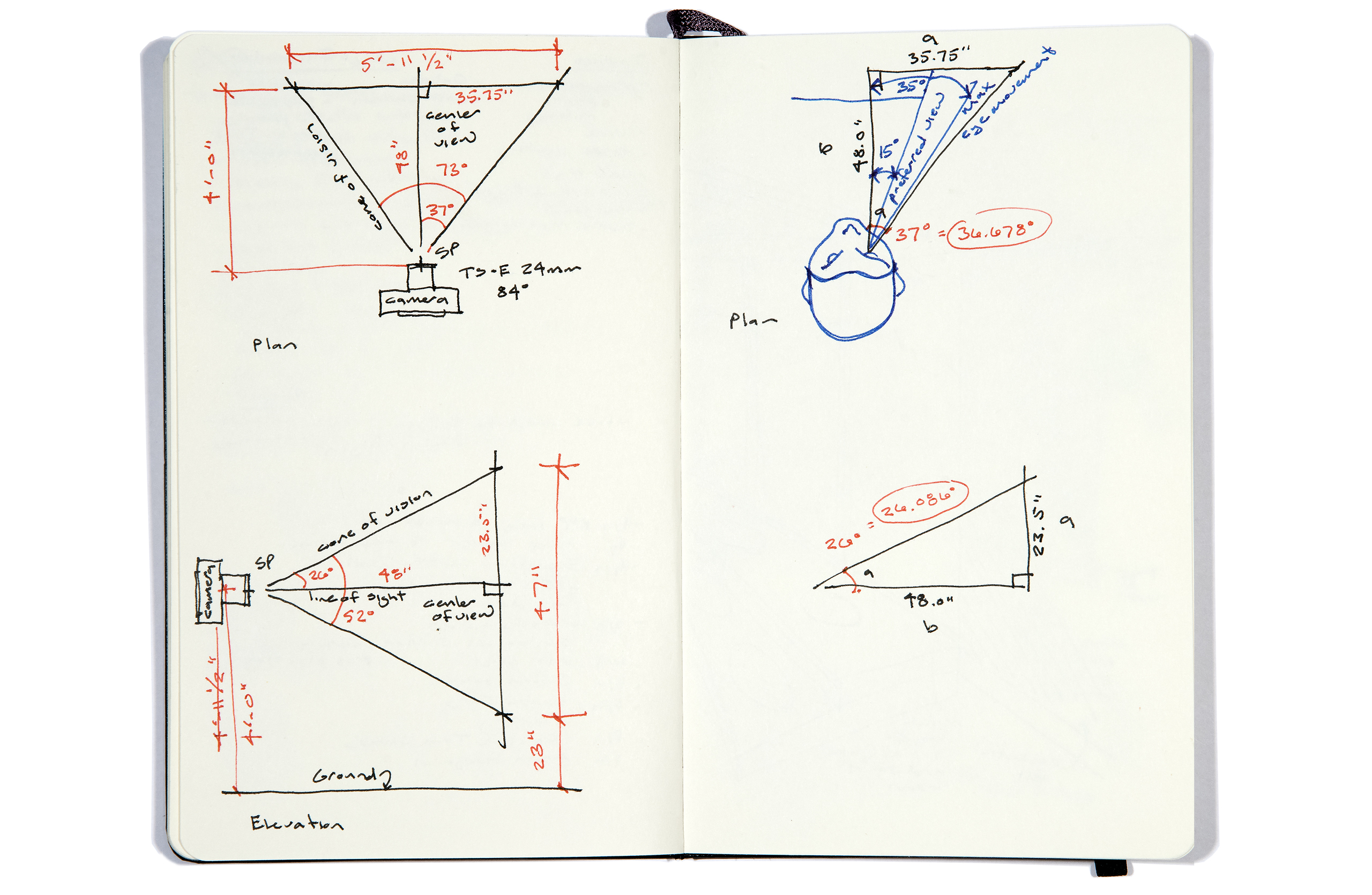
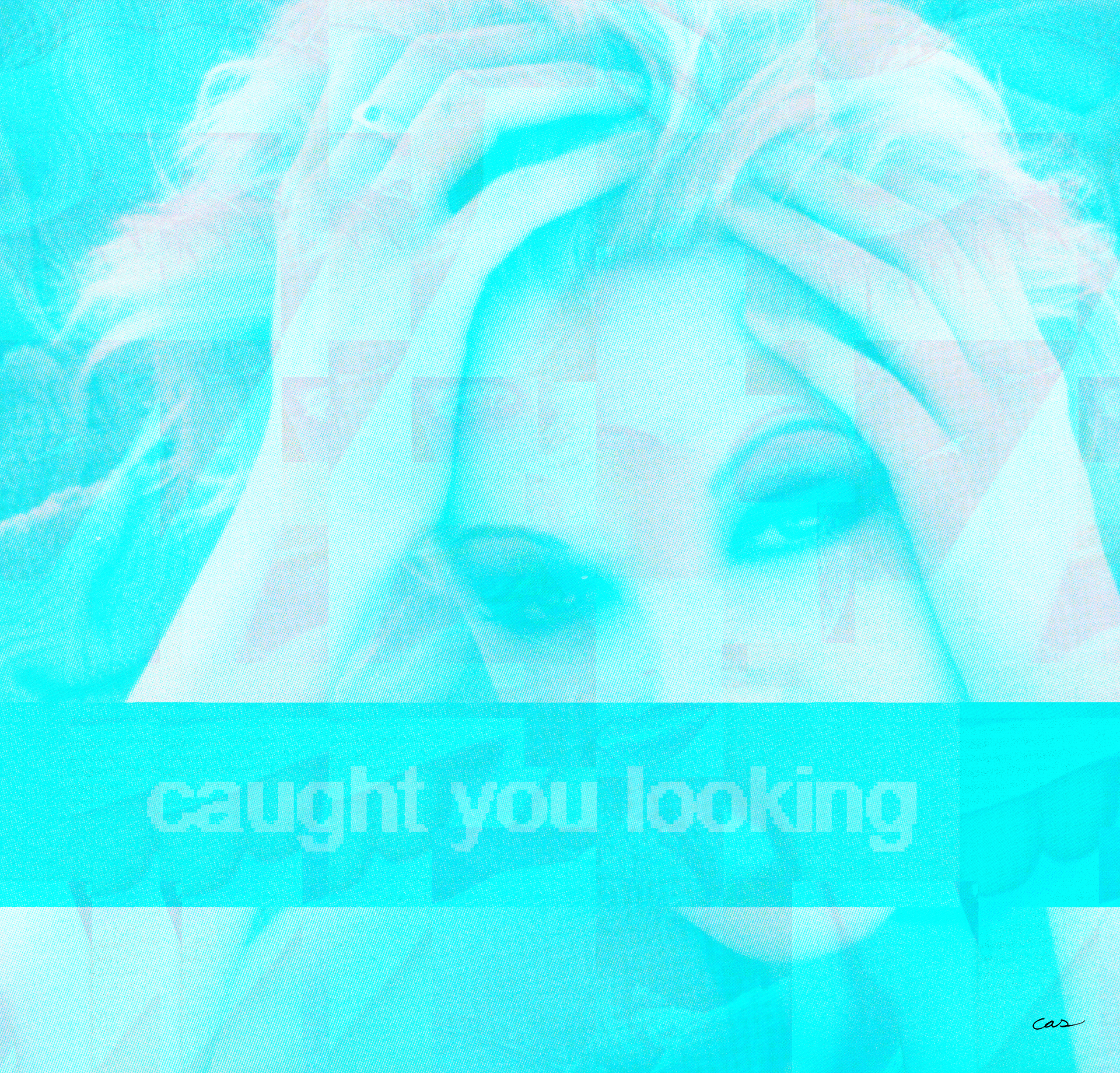
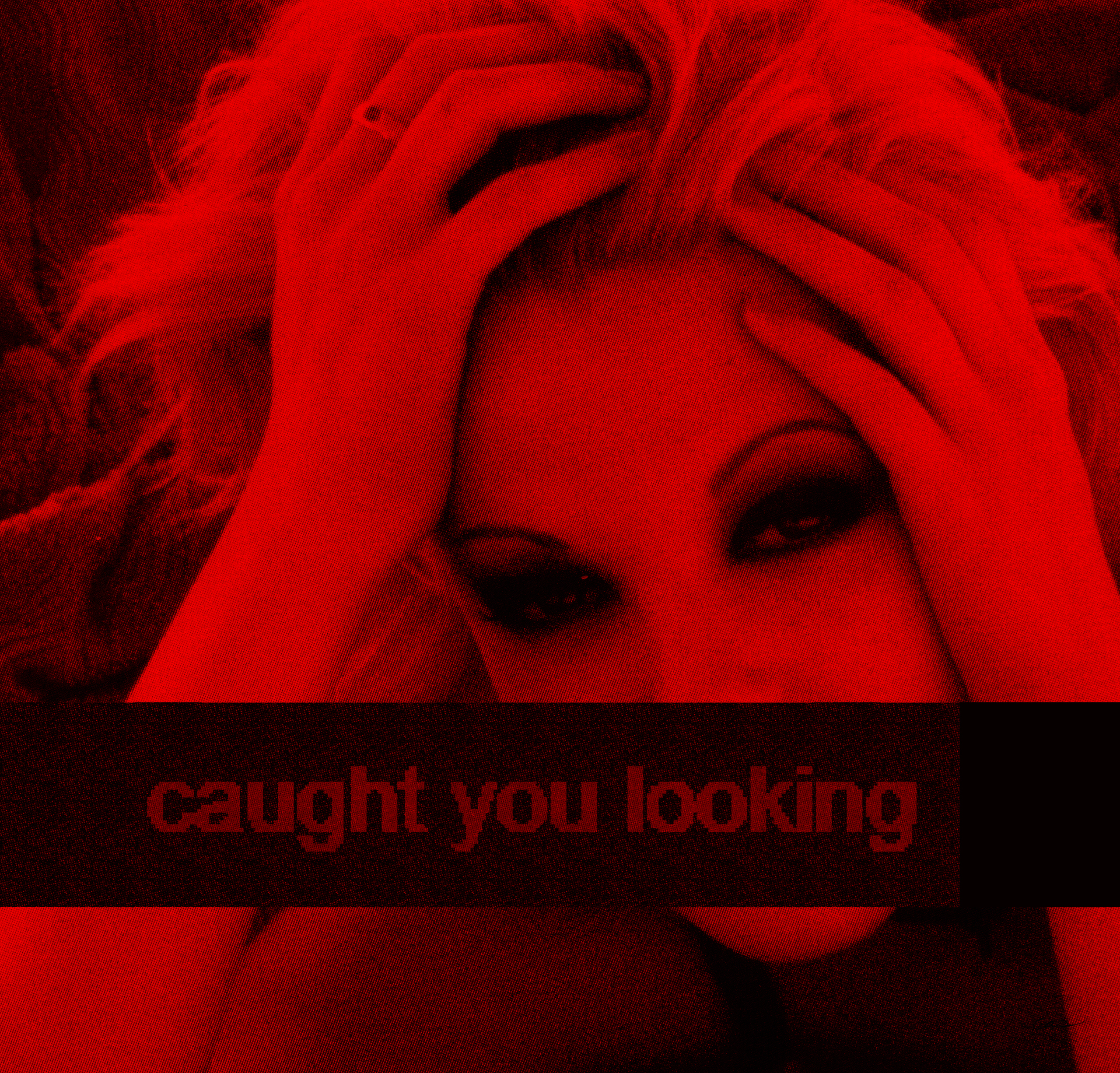
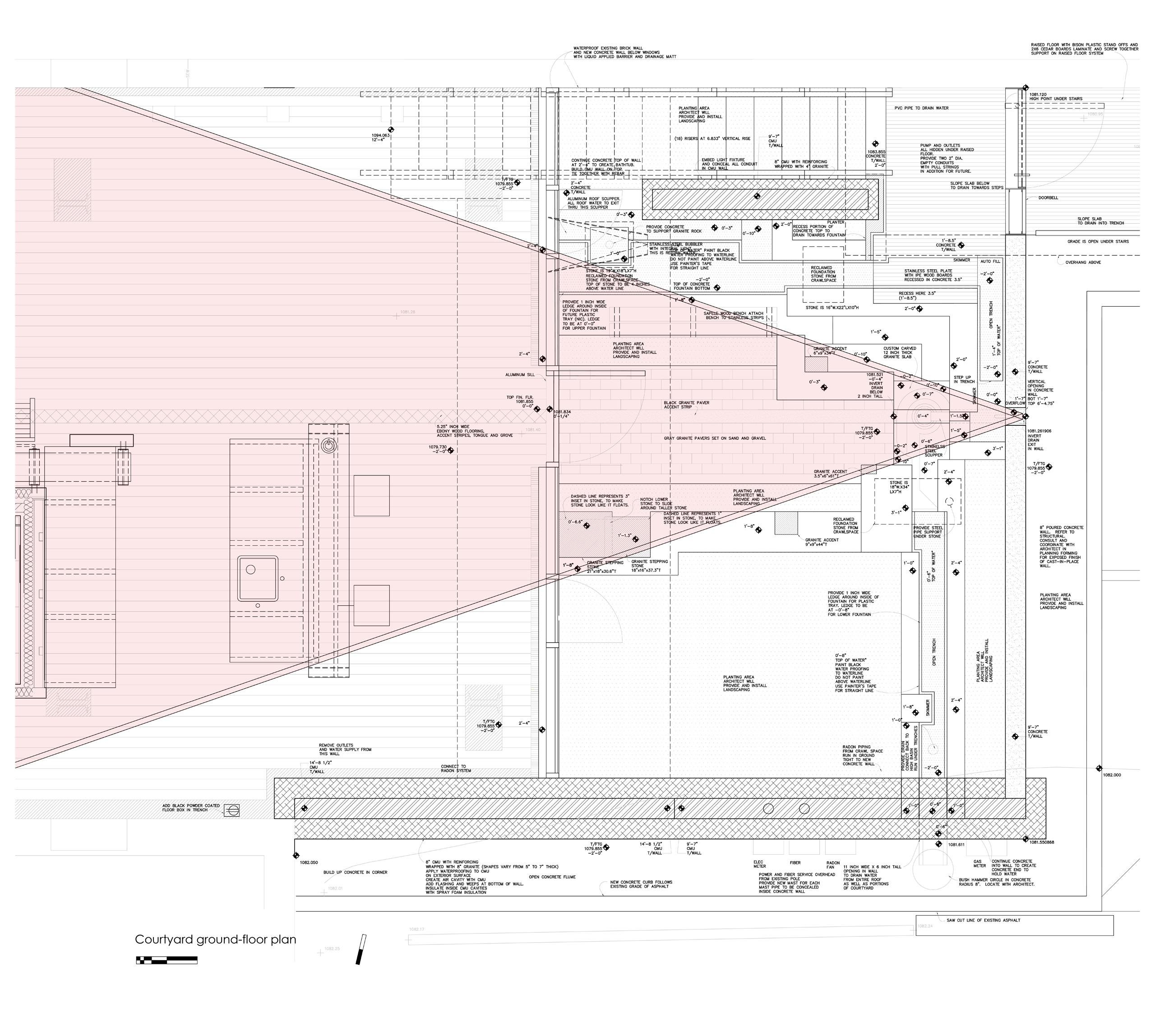
Let’s collaborate
Have a design need?
We’d love to see how we can help.
